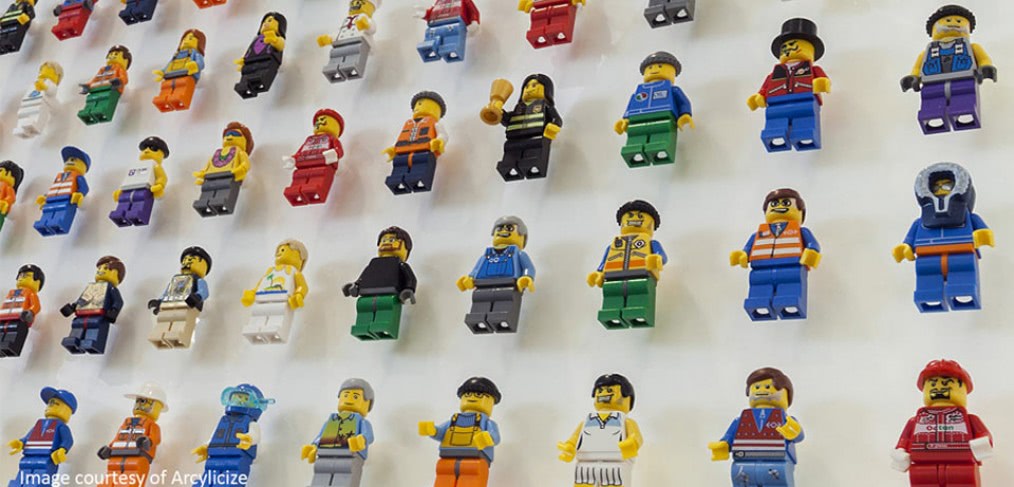
Give Me a Google
The London commercial sector is on the up. Revitalized by a positive turn in the economy and driven by major investment, underused and dated pockets of the city are being reborn as large scale mixed use new build hubs on a scale not seen before. Old stock is being stripped and re-skinned giving it a new lease of life. The heart of the rapidly growing Telecommunications, Media and Technology sector (TMT), based east and north of centre, is spreading and there is a buzz around the new commercial stock London has to offer.
There has been much coverage of Google’s new headquarters and the effects that kind of workplace environment will have on the design of offices across all sectors. Some see it as the Holy Grail. Predicting workplace future trends is big business and there is a certain expectation that the environments demanded by the TMT and creative industries will influence and dictate what every company should aspire to for their workplace. But what does this mean? Will traditional law firms install pools on their roofs? Will it be socially shaming not to cycle to your desk? Will it be a criminal offence to have a personal office?
There is however, one key issue here: Companies are individual. People are individual. What’s right for one business will not be for another.
Trying to force a certain look or style onto a business… ‘just give me a Google’… will not work. All good design should start with the people it serves and the work that they do.
Regardless of all the ongoing trends and future predictions, workplace environments are most effective when they focus on the people, culture and business of the company.
The building is a tool, just like a smart phone or tablet – it works best when people can access everything easily and customize it to their own requirements, best suiting how they like to work and what they need to do.
Workplace environments need to respond to the specific tasks at hand and be tuned into the requirements of the individual.The most productive working environment for sub 30 yr old ‘digital natives’, who have grown up with digital technologies from a very early age, will be very different to that of ‘digital immigrants’, post 30 yr olds who have been confronted with digital technologies later in life – even if they work at the same company. Effective teams are comprised of different personality types, each of which have different preferences of how or where they best like to work. Add to this the flexibility to adapt to both physical and technological change and the result will be longevity for the capital expenditure and the ability for the environment to grow and change with the business, the way it works and most importantly its people.
Don’t copy TMT trends. Understand and develop your own people focused solutions that fit your individual organization and do your own thing.
